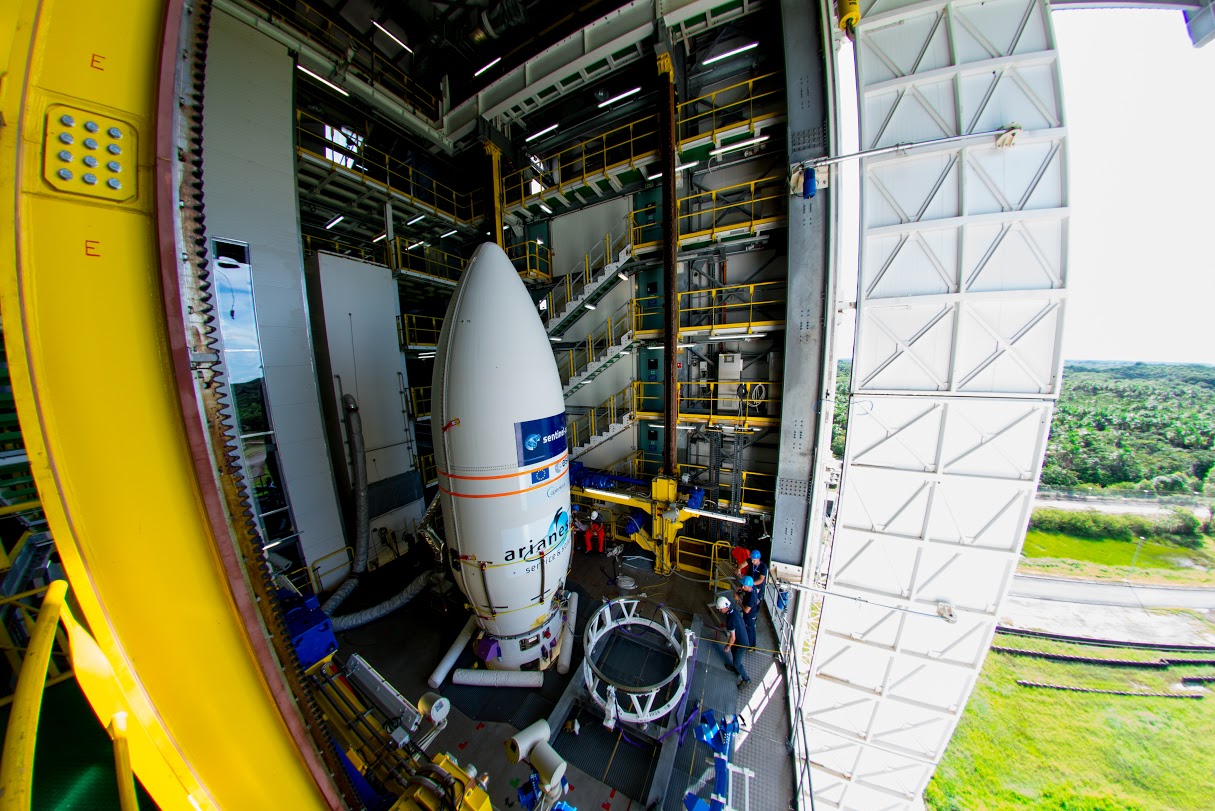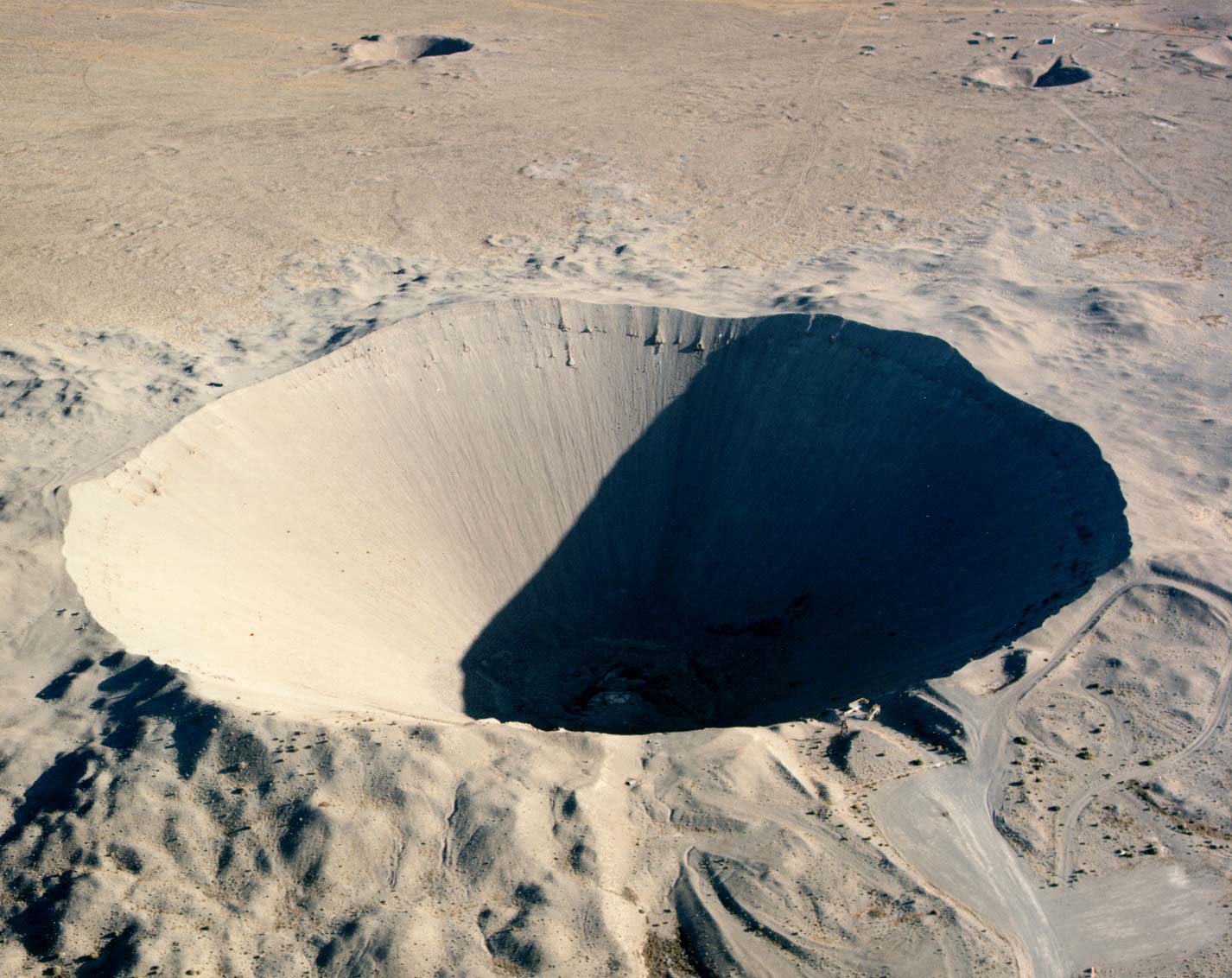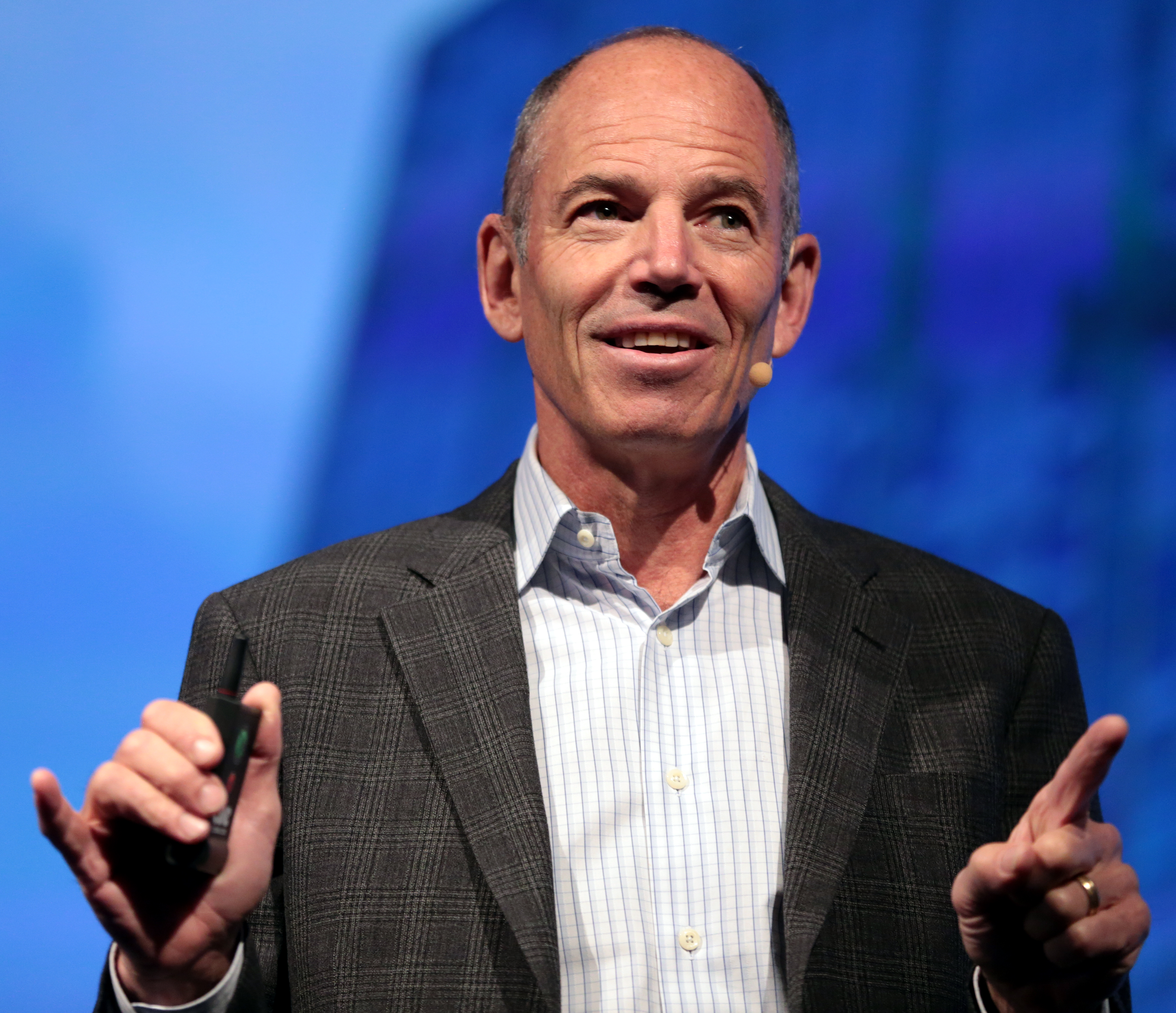|
Shagan (lake, Abai Region)
Shagan () or Chagan () is a lake in Zhanasemey District, Abai Region, Kazakhstan.Google Earth Formed by a nuclear test explosion in 1965, it is part of the Balapan complex, one of the main tourist attractions of the Semipalatinsk Test Site. Geography The lake lies to the south of the Irtysh and about to the southwest of Semey, formerly Semipalatinsk. The lake lies to the north of the confluence of the Shagan river, of the Irtysh basin, and its tributary the north-flowing Ashchysu. The Shagan river was channeled to fill the newly created crater until 1965. A few years later, a dam was built on the left bank of the river to control the water level in the reservoir that formed to the south. The reservoir still exists today, unchanged since the explosion. It is used to provide water for local cattle. History The lake was formed in the area known as the Balapan Complex by the Chagan nuclear test on January 15, 1965, which was conducted as part of the Soviet Union Nuclear Expl ... [...More Info...] [...Related Items...] OR: [Wikipedia] [Google] [Baidu] |
Sentinel-2
Sentinel-2 is an Earth observation mission from the Copernicus Programme that acquires optical imagery at high spatial resolution (10 m to 60 m) over land and coastal waters. The mission's Sentinel-2A and Sentinel-2B satellites were joined in orbit in 2024 by a third, Sentinel-2C, and in the future by Sentinel-2D, eventually replacing the A and B satellites, respectively. The mission supports services and applications such as agricultural monitoring, emergencies management, land cover classification, and water quality. Sentinel-2 has been developed and is being operated by the European Space Agency. The satellites were manufactured by a consortium led by Airbus Defence and Space in Friedrichshafen, Germany. Overview The Sentinel-2 mission includes: * Multispectral image, Multi-spectral data with 13 bands in the Visible spectrum, visible, Infrared#Regions within the infrared, near infrared, and Infrared#Regions within the infrared, short wave infrared part of the Electromagnetic ... [...More Info...] [...Related Items...] OR: [Wikipedia] [Google] [Baidu] |
Soviet Union
The Union of Soviet Socialist Republics. (USSR), commonly known as the Soviet Union, was a List of former transcontinental countries#Since 1700, transcontinental country that spanned much of Eurasia from 1922 until Dissolution of the Soviet Union, it dissolved in 1991. During its existence, it was the list of countries and dependencies by area, largest country by area, extending across Time in Russia, eleven time zones and sharing Geography of the Soviet Union#Borders and neighbors, borders with twelve countries, and the List of countries and dependencies by population, third-most populous country. An overall successor to the Russian Empire, it was nominally organized as a federal union of Republics of the Soviet Union, national republics, the largest and most populous of which was the Russian SFSR. In practice, Government of the Soviet Union, its government and Economy of the Soviet Union, economy were Soviet-type economic planning, highly centralized. As a one-party state go ... [...More Info...] [...Related Items...] OR: [Wikipedia] [Google] [Baidu] |
Peaceful Nuclear Explosions
Peaceful nuclear explosions (PNEs) are nuclear explosions conducted for non-military purposes. Proposed uses include excavation for the building of canals and harbours, electrical generation, the use of nuclear explosions to drive spacecraft, and as a form of wide-area Hydraulic fracturing, fracking. PNEs were an area of some research from the late 1950s into the 1980s, primarily in the United States and Soviet Union. In the U.S., a series of tests were carried out under Project Plowshare. Some of the ideas considered included blasting a new Panama Canal, constructing the proposed Nicaragua Canal, the use of underground explosions to create electricity (Project PACER), and a variety of mining, geological, and radionuclide studies. The largest of the excavation tests was carried out in the Sedan (nuclear test), Sedan nuclear test in 1962, which released large amounts of radioactive gas into the air. By the late 1960s, public opposition to Plowshare was increasing, and a 1970s study o ... [...More Info...] [...Related Items...] OR: [Wikipedia] [Google] [Baidu] |
Artificial Lakes Of Kazakhstan
Artificiality (the state of being artificial, anthropogenic, or man-made) is the state of being the product of intentional human manufacture, rather than occurring naturally through processes not involving or requiring human activity. Connotations Artificiality often carries with it the implication of being false, counterfeit, or deceptive. The philosopher Aristotle wrote in his ''Rhetoric'': However, artificiality does not necessarily have a negative connotation, as it may also reflect the ability of humans to replicate forms or functions arising in nature, as with an artificial heart or artificial intelligence. Political scientist and artificial intelligence expert Herbert A. Simon observes that "some artificial things are imitations of things in nature, and the imitation may use either the same basic materials as those in the natural object or quite different materials.Herbert A. Simon, ''The Sciences of the Artificial'' (1996), p. 4. Simon distinguishes between the artific ... [...More Info...] [...Related Items...] OR: [Wikipedia] [Google] [Baidu] |
Volcanic Crater Lake
A volcanic crater lake is a lake in a volcanic crater, crater that was formed by explosive eruption, explosive activity or a caldera, collapse during a types of volcanic eruptions, volcanic eruption. Formation Lakes in calderas fill large craters formed by the collapse of a volcano during an eruption. Lakes in maars fill medium-sized craters where an eruption deposited debris around a vent. Crater lakes form as the created depression, within the Rim (craters), crater rim, is filled by water. The water may come from Precipitation (meteorology), precipitation, groundwater circulation (often Hot Spring, hydrothermal fluids in the case of volcanic craters) or melted ice. Its level rises until an equilibrium is reached between the rates of incoming and outgoing water. Sources of water loss singly or together may include evaporation, subsurface seepage, and, in places, surface leakage or overflow when the lake level reaches the lowest point on its rim. At such a saddle location, the u ... [...More Info...] [...Related Items...] OR: [Wikipedia] [Google] [Baidu] |
Lake Karachay
Lake Karachay (), sometimes spelled Karachai or Karachaj, was a small lake in the southern Ural Mountains in central Russia. Starting in 1951, the Soviet Union used Karachay as a dumping site for radioactive waste from Mayak, the nearby nuclear waste storage and reprocessing facility, located near the town of Ozyorsk (then called Chelyabinsk-40). Today the lake is completely infilled, acting as "a near-surface permanent and dry nuclear waste storage facility." The radioactivity of the lake is comparable to the Chernobyl disaster, the worst nuclear accident of all time. Background The name '' karachay'' means "black water" or "black creek" in several Northwestern Turkic languages, including Tatar. Built in total secrecy between 1946 and 1948, the Mayak plant was the first reactor used to create plutonium for the Soviet atomic bomb project. In accordance with Stalinist procedure and supervised by NKVD Chief Lavrenti Beria, it was the utmost priority to produce enough weap ... [...More Info...] [...Related Items...] OR: [Wikipedia] [Google] [Baidu] |
Pechora–Kama Canal
The Pechora–Kama Canal (), or sometimes the Kama–Pechora Canal, was a proposed canal intended to link the basin of the Pechora River in the north of European Russia with the basin of the Kama, a tributary of the Volga. Completion of this project would integrate the Pechora into the system of waterways of European Russia, centered on the Volga – something that was of importance before the advent of railways, or before the first railway reached the Pechora in the 1940s. Later the project was proposed mostly to transfer Pechora's water to the Volga and further on to the Caspian Sea. 19th century proposals In the 19th century, communication between the Kama and the Pechora was conducted mostly over a 40-km portage road between Cherdyn and Yaksha. There was also an option to use very small boats that could go up the uppermost reaches of Kama and Pechora tributaries, and cart the goods over the 4 km portage remaining. Poor river and road conditions made transportation into a ... [...More Info...] [...Related Items...] OR: [Wikipedia] [Google] [Baidu] |
Sedan (nuclear Test)
Storax Sedan was a shallow underground nuclear test conducted in Area 10 of Yucca Flat at the Nevada National Security Site on July 6, 1962, as part of Operation Plowshare, a program to investigate the use of nuclear weapons for mining, cratering, and other civilian purposes. The radioactive fallout from the test contaminated more US residents than any other nuclear test. The Sedan Crater is the largest human-made crater in the United States and is listed on the National Register of Historic Places. Effects Sedan was a thermonuclear device with a fission yield less than 30% and a fusion yield about 70%.Information sign at the crater: ''United States Nuclear Tests''; July 1945 through September 1992, DOE/NV--209-REV 15 December 2000, p. xv. According to Carey Sublette, the design of the Sedan device was similar to that used in the Bluestone and Swanee tests of Operation Dominic conducted days and months prior to Sedan respectively, and was therefore not unlike the W56 high yield ... [...More Info...] [...Related Items...] OR: [Wikipedia] [Google] [Baidu] |
David Farrier
David Andrew Farrier (born 25 December 1982) is a New Zealand journalist and actor. He has worked in news and on documentaries, including features on New Zealand television and co-directing the internationally distributed documentary film '' Tickled'' (2016). He created the 2018 Netflix documentary series '' Dark Tourist'', in which he visits popular dark tourism attractions. He has also appeared in the 2014 Rhys Darby mockumentary series '' Short Poppies''. Early life David Andrew Farrier was born in Tauranga on 25 December 1982. One of his grandmothers was English. He grew up in Tauranga's Bethlehem suburb, where he was home-schooled before attending the Christian Bethlehem College. He was raised by devout Baptists and has described his younger self as "a really good Christian". He initially enrolled at Bethlehem College to study medicine but soon lost interest and instead entered the Auckland University of Technology, where he graduated with a Bachelor of Communication Studi ... [...More Info...] [...Related Items...] OR: [Wikipedia] [Google] [Baidu] |
Dark Tourist (TV Series)
''Dark Tourist'' is a New Zealand documentary series about the phenomenon of dark tourism, presented by journalist David Farrier. The series, which was released by Netflix in 2018, has eight episodes. Due to the COVID-19 pandemic, a second season was not made. Episodes Reception On Rotten Tomatoes Rotten Tomatoes is an American review aggregator, review-aggregation website for film and television. The company was launched in August 1998 by three undergraduate students at the University of California, Berkeley: Senh Duong, Patrick Y. Lee ... the series has a 70% rating based on reviews from 20 critics. References External links * * {{Netflix original ended series (2012–2018) 2018 New Zealand television series debuts 2018 New Zealand television series endings 2010s documentary television series 2010s travel television series New Zealand English-language television shows Netflix original documentary television series New Zealand documentary television ser ... [...More Info...] [...Related Items...] OR: [Wikipedia] [Google] [Baidu] |
Netflix
Netflix is an American subscription video on-demand over-the-top streaming service. The service primarily distributes original and acquired films and television shows from various genres, and it is available internationally in multiple languages. Launched in 2007, nearly a decade after Netflix, Inc. began its pioneering DVD-by-mail movie rental service, Netflix is the most-subscribed video on demand streaming media service, with 301.6 million paid memberships in more than 190 countries as of 2025. By 2022, "Netflix Original" productions accounted for half of its library in the United States and the namesake company had ventured into other categories, such as video game publishing of mobile games through its flagship service. As of 2025, Netflix is the 18th most-visited website in the world, with 21.18% of its traffic coming from the United States, followed by the United Kingdom at 6.01%, Canada at 4.94%, and Brazil at 4.24%. History Launch as a mail-based renta ... [...More Info...] [...Related Items...] OR: [Wikipedia] [Google] [Baidu] |
Radionuclide
A radionuclide (radioactive nuclide, radioisotope or radioactive isotope) is a nuclide that has excess numbers of either neutrons or protons, giving it excess nuclear energy, and making it unstable. This excess energy can be used in one of three ways: emitted from the nucleus as gamma radiation; transferred to one of its electrons to release it as a conversion electron; or used to create and emit a new particle (alpha particle or beta particle) from the nucleus. During those processes, the radionuclide is said to undergo radioactive decay. These emissions are considered ionizing radiation because they are energetic enough to liberate an electron from another atom. The radioactive decay can produce a stable nuclide or will sometimes produce a new unstable radionuclide which may undergo further decay. Radioactive decay is a random process at the level of single atoms: it is impossible to predict when one particular atom will decay. However, for a collection of atoms of a single nu ... [...More Info...] [...Related Items...] OR: [Wikipedia] [Google] [Baidu] |






